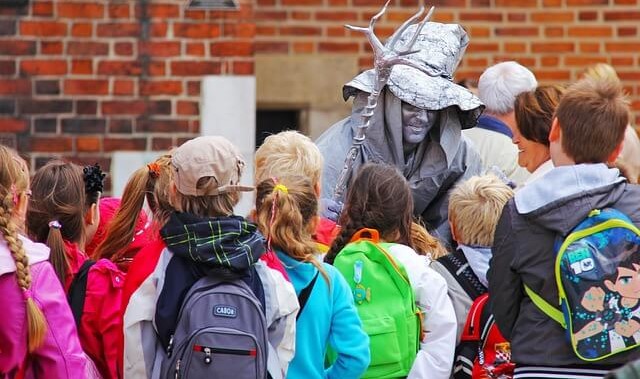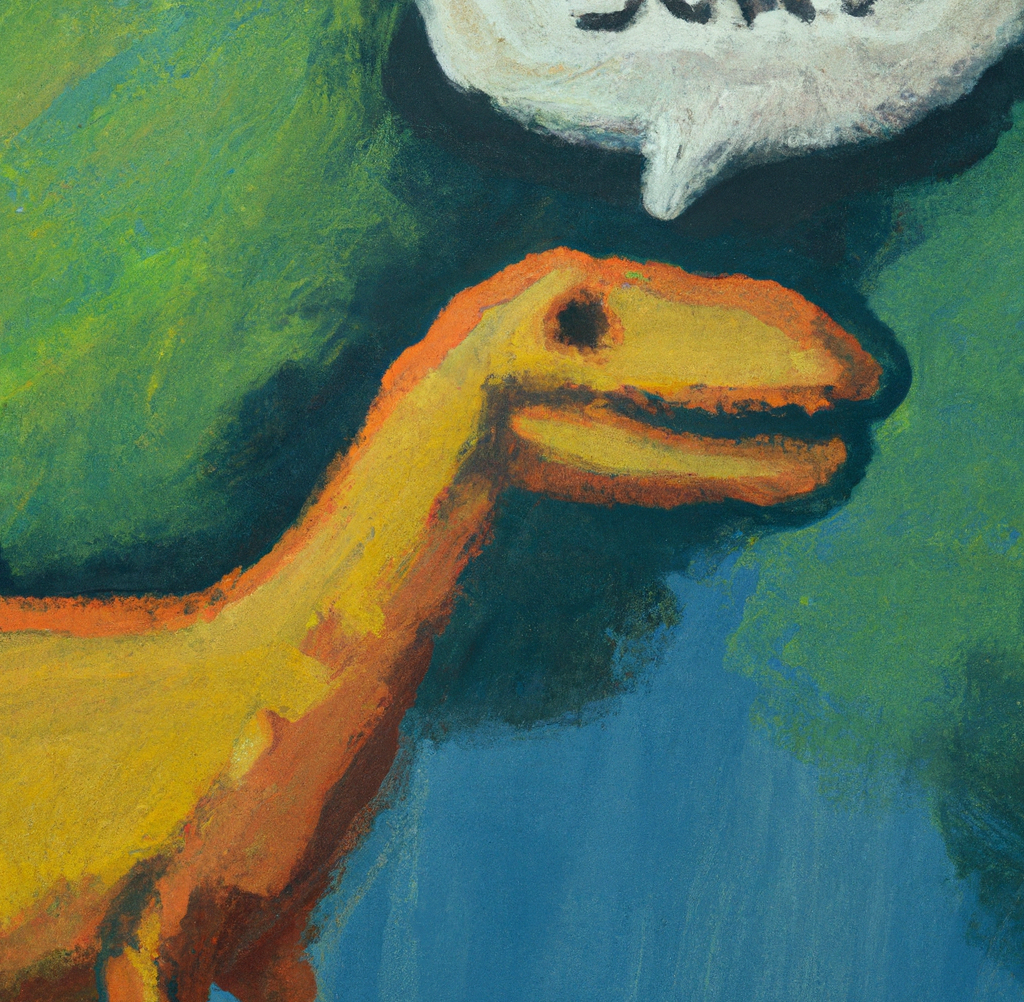Interesting Topics for Informative Speech
50 Perfect Interesting Topics for Informative Speech for Elementary School and Younger Students

The topics in this list are organized into several categories of interesting topics for informative speech, including Science and Nature, School and Classroom, Learning and Personal Development, Social and Emotional Aspects, and Home and Family Life. This list is aimed at young elementary school students. Each category addresses different aspects of a young elementary-age student's experiences and interests, allowing them to explore and engage with a variety of subjects.The list includes fun topics such as dinosaurs, fairy tales, holidays, sports, and video games.
Science and Nature
Science and Nature provides many of the most interesting topics for informative speech. The science and nature topics in the list are organized to cover a wide range of subjects that can capture the curiosity and imagination of younger elementary-age students. The topics are grouped in such a way that they explore various aspects of the natural world, including animals, plants, geology, and the environment. They also delve into scientific concepts like chemistry, electricity, and the solar system. These topics are interesting to young students because they provide them with opportunities to learn about the world around them, understand how things work, and discover the fascinating phenomena that exist in nature. By engaging with these topics, students can develop a sense of wonder and appreciation for the complexities and beauty of the world they live in, inspiring them to ask questions, seek answers, and develop a lifelong love for learning and exploration.
Informative topics for elementary school students related to science and nature:
- Dinosaurs
- Space and astronomy
- Animals and their habitats
- Insects and bugs
- Oceans and marine life
- Volcanoes and earthquakes
- Weather and climate
- Human body and anatomy
- Plants and photosynthesis
- Chemistry and simple experiments
- Electricity and magnetism
- Geology and rocks
- Solar system and planets
- Water cycle and conservation
- Biomes and ecosystems
- Natural disasters and safety
- The science of sound and music
- Birds and migration
- Colors and the science of light
- Forests and rainforests
History, Geography, and Culture
History, geography, and culture are three fascinating topics for younger elementary-age students to learn about. History helps students understand how the world has changed, while geography shows how different regions are connected and why they matter. On the other hand, culture teaches students about the customs, traditions, and beliefs of different groups of people. By studying these topics, younger elementary-age students can gain a deeper understanding of the world around them and develop a greater appreciation for the diversity of our planet.
- Ancient civilizations
- Famous explorers
- World cultures and customs
- Historical events and timelines
- Geography and maps
- Mythology and legends
- World landmarks and monuments
- Holidays and celebrations
Arts, Literature, and Language
Are you looking for interesting topics for informative speech exploring arts, literature, and language? Then these topics are sure to capture the attention of young learners. From the works of famous artists to the nuances of the English language, these topics are both educational and entertaining. So, whether you are a student looking for inspiration or a teacher searching for ideas, this list has got you covered. So, let's dive in and discover some fascinating subjects for informative speeches!
- Art and artists
- Fairy tales and folktales
- Musical instruments
- Creative writing and storytelling
- Poetry and rhymes
- Reading and literature
- Languages and linguistics
- Famous Children's Authors: Roald Dahl, Dr. Seuss, and More
- The History of the Alphabet: From A to Z
- The World of Comics: From Superman to Manga
- The Evolution of Language: From Grunts to Emojis
- The Beauty of Calligraphy: The Art of Writing
- The Importance of Reading: Why Books Matter
- The Wonders of Sign Language: A Silent Language That Speaks Volumes
For those looking for exciting speech topics for younger students, these last three lists of more interesting topics for informative speech should pique their interest.
First, there's STEM and Technology, which includes fascinating topics like robotics and technology, simple machines and inventions, and famous inventors. Additionally, there are fun subjects like mathematics and puzzles, simple physics principles, and video games and game design.
Next is Life Skills and Social Issues, which covers various topics like recycling and the environment, sports and fitness, food and nutrition, magic tricks and illusions, optical illusions and the science of sight, transportation and vehicles, careers and professions, and time and calendars.
Finally, the categories of Entertainment and Hobbies include popular topics like superheroes and comic books, board games, and puzzles.
STEM and Technology
- Robotics and technology
- Simple machines and inventions
- Famous inventors
- Mathematics and puzzles
- Simple physics principles
- Video games and game design
Life Skills and Social Issues
- Recycling and the environment
- Sports and fitness
- Food and nutrition
- Magic tricks and illusions
- Optical illusions and the science of sight
- Transportation and vehicles
- Careers and professions
- Time and calendars
Entertainment and Hobbies
- Superheroes and comic books
- Board games and puzzles
- Animated movies
- Collecting trading cards or stickers
- Playing and creating video games
- Learning magic tricks and illusions
- Drawing, painting, and other art activities
- Dance and different dance styles
- Listening to music and exploring different genres
- Building and playing with LEGO and construction toys
- Exploring different hobbies like photography or baking
- Participating in or watching sports and physical activities
One of the most interesting topics for informative speech, is dinosaurs! Dinosaurs are fascinating creatures that have captured the imaginations of people of all ages for many years. However, they are especially of great interest to young students who are eager to learn more about these ancient animals. In this sample informative speech, we will explore the world of dinosaurs.
SAMPLE INFORMATIVE SPEECH ON DINOSAURS

Title: The Wonderful World of Dinosaurs
SPEECH INTRODUCTION
Hey, friends! Can you imagine a world filled with gigantic, incredible creatures that roamed our planet millions of years ago? Well, guess what? There was such a time, and today, I'm going to take you on a journey back to the age of dinosaurs!
During my presentation, we will explore when dinosaurs lived, how we know about them through the study of fossils, and the amazing variety of dinosaurs that existed. We'll also talk about their unique features, the mystery of their colors and feathers, and the sad but fascinating story of their extinction.
So, are you ready to travel back in time and learn about these amazing prehistoric creatures? Let's begin our adventure into the wonderful world of dinosaurs!
BODY OF THE SPEECH
First, let's talk about when dinosaurs lived. Dinosaurs lived during a period called the Mesozoic Era, which is divided into three parts: the Triassic, Jurassic, and Cretaceous periods. The Mesozoic Era began about 252 million years ago and ended around 66 million years ago. That's way before any of us were born!
Now, you might be wondering how we know so much about dinosaurs if they lived so long ago. Well, scientists called paleontologists study fossils, which are the preserved remains or traces of animals and plants that lived in the past. Fossils help us learn about what dinosaurs looked like, what they ate, and how they lived.
There were many different types of dinosaurs, and they came in all shapes and sizes. Some dinosaurs, like the Tyrannosaurus rex, were big and scary with sharp teeth for eating meat. Others, like the Triceratops, had horns on their heads and ate plants. There were also small dinosaurs like the Velociraptor, which were fast and agile.
Some dinosaurs had interesting features to help them survive. For example, the Stegosaurus had large, bony plates on its back, which may have been used for protection or to regulate its body temperature. The Brachiosaurus was a huge dinosaur with a very long neck that helped it reach leaves high up in trees.
(Appearance) You might have seen dinosaurs in movies or books, and sometimes they are shown with bright colors or feathers. Recent discoveries have shown that some dinosaurs, especially smaller ones, may have had feathers. The colors of dinosaurs are still a mystery, but scientists think they may have had patterns or colors that helped them blend into their environment, just like animals today.
(Extinction) Sadly, all the dinosaurs went extinct about 65 million years ago. Scientists believe that a huge asteroid hit the Earth, causing massive fires, tsunamis, and a "nuclear winter" effect, where the sun was blocked out by dust and debris. This event made it very difficult for dinosaurs and many other species to survive.
CONCLUSION
Even though dinosaurs are no longer around, we can still learn so much from their fossils. Studying dinosaurs helps us understand the history of our planet and how life has evolved over millions of years. So the next time you see a dinosaur in a movie or a museum, remember that these amazing creatures were once real and roamed the Earth long before humans ever existed.
Thank you for listening to my presentation about the wonderful world of dinosaurs!



